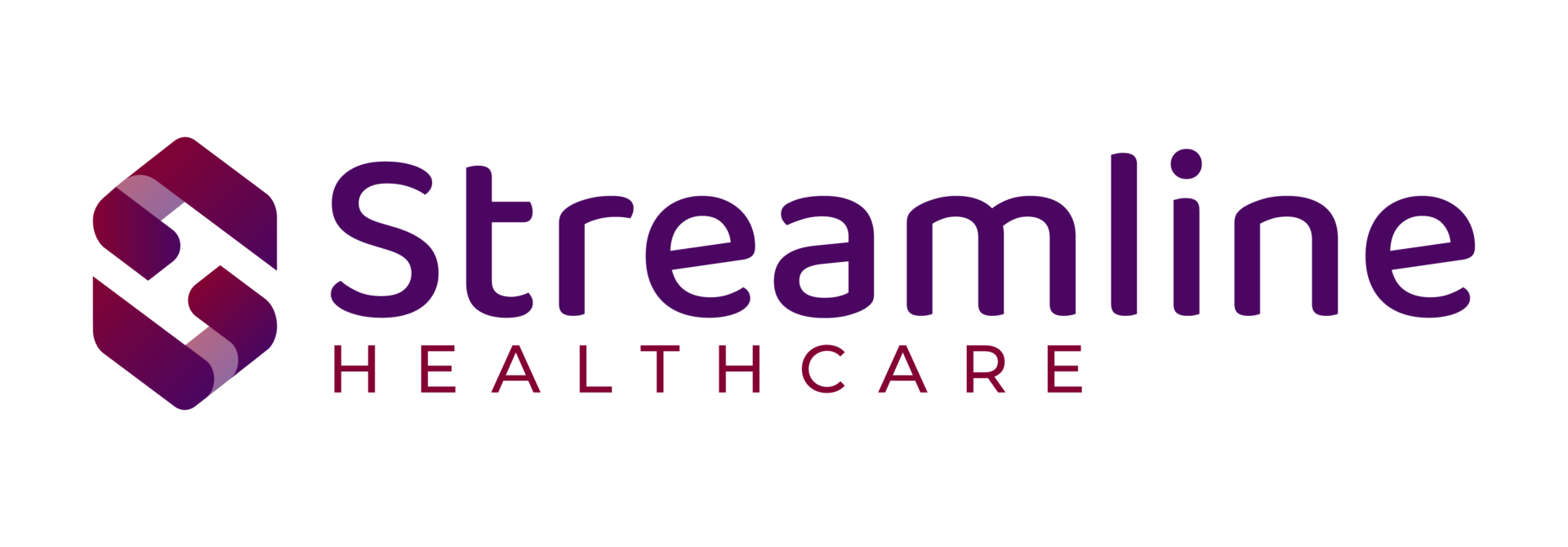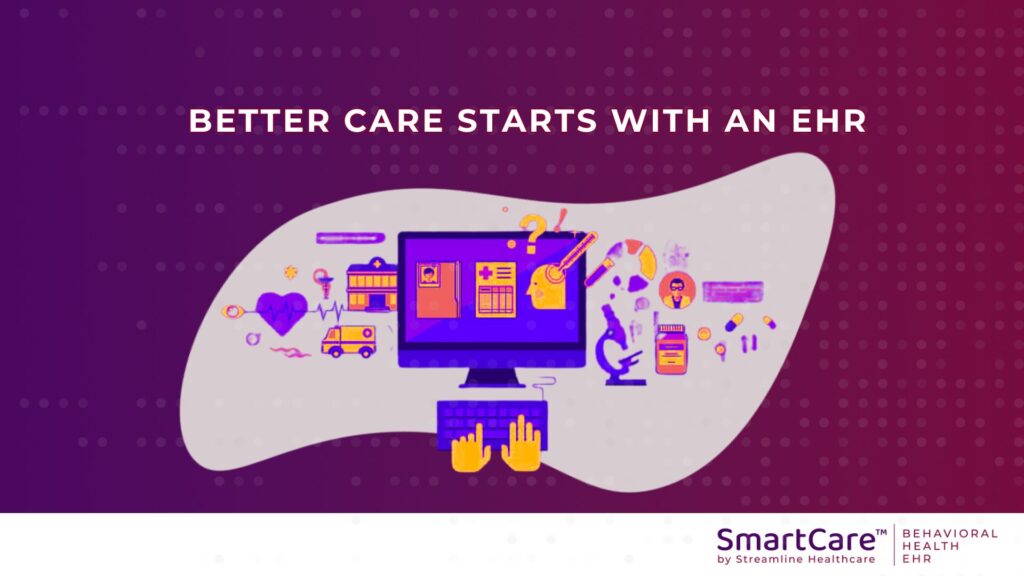A recent study by health care analytics firm Trilliant Health titled “2022 Trends Shaping the Health Economy” reports a continued increase in demand for Behavioral Health services but predicts an ongoing shortage of professionals, and it provides a host of interesting insights related to demographics, geography, payers and other factors for behavioral health and healthcare in general.
Behavioral Health Trends: Demand Up, Supply Constrained, Telehealth Steady
- Between Q1 2019 and Q2 2022, behavioral health visits were up roughly 17%. In comparison, with COVID-19-related visits omitted, all other healthcare encounters were down by 6.2% over the same period.
- The rise in behavioral health visits was not equal across all geographies. Visit volumes increased in 69.5 percent of metropolitan statistical areas, and decreased in 30.5 percent of areas.
- Demand for behavioral health services increased much more for females (+26.2%) and adults ages 18-64 (+25.4%) than males and those in other age groups.
- Behavioral health visit volumes for those with commercial insurance increased by far the most, 24.2%, compared to an increase of 11.8% for those with Medicaid and a 1.5% decrease for those with Medicare.
- Within a few years, the U.S. will experience a shortage of between 14,280 and 31,109 psychiatrists, psychologists, and social workers, based on estimates from the Association of American Medical Colleges.
- While the use of telehealth for physical healthcare has declined since the Pandemic peak, it has remained steady for behavioral health visits, which now account for almost 60% of all telehealth visits.
- Nationally in 2022, 27.2% of states’ budget expenditures went towards Medicaid, a significant increase in the past decade.
- Since the onset of the Pandemic, prescribing of antidepressants and antianxiety medications increased, rising from 17.3% of the volume of select common prescription drug categories in 2019 to 18.9% in 2021.
General Healthcare Trends: Big Demographic, Competitive Moves Altering Landscape
- Longer term, the aging US population will result in an increase in individuals insured by Medicare and a corresponding decrease in those insured by commercial payers and Medicaid.
- Geographically, Americans in general, and those aged 45-64 in particular, are moving to the Sunbelt, which will increase demand for services in that region.
- The percentage of Americans with commercial insurance (66%) dipped slightly from 2020 to 2021 but rose for those with public insurance, including Medicaid (18.9%).
- The provider landscape is changing dramatically, with new tech-enabled companies entering the market and big-name retailers and insurers expanding services, such as the recent partnership between Walmart and UnitedHealth Group to provide healthcare services in Walmart Health clinics starting with the fast-growing Sunbelt markets of Florida and Georgia.
Streamline’s SmartCare™ Behavioral Health EHR
Since 2003, Streamline has focused exclusively on the Behavioral Health and Human Services market. We understand that organizations in this market need more than just another Electronic Health Record (EHR) vendor. We are a trusted partner in building innovative technology solutions that empower people to improve the quality of life for those in need.
SmartCare™ is a true Enterprise EHR platform designed specifically for Behavioral Health and Human Services organizations. Its enterprise, cloud-based, single-platform, and intelligent technology empowers these organizations to improve effectiveness and quality of care. It is designed to handle the challenges and changing requirements of providing behavioral health and human services not just today but into the future, helping organizations to future-proof their success going forward. Request a demo today and learn how SmartCare™ can support your organization.




